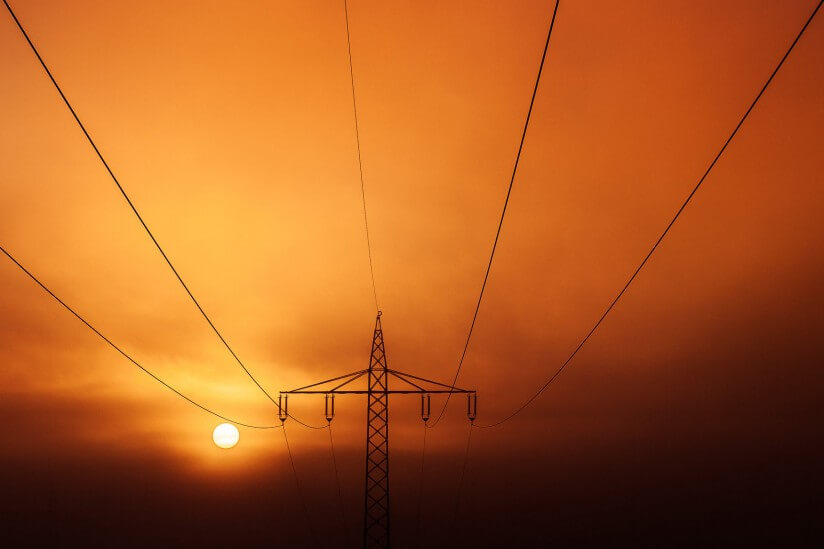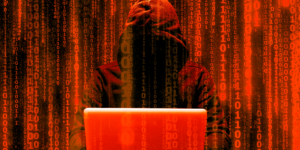
A USC team approached research problems in the nation’s power grid. (Photo/Light Painting)
This week, a team of researchers that includes USC’s Terry Benzel will present a project in Washington D.C. aimed at using our increasingly interconnected world to build a stronger, more efficient energy grid.
The presentation is the culmination of six months of collaboration between five universities and four private partners, all recruited by the White House for its SmartAmerica Challenge. The White House recruited researchers from government, industry, and universities from around the country, including USC, to create 24 such teams tasked with finding ways to unite the “smart” objects in our lives – all of the computer-controlled devices from pacemakers to hospital records systems – into a useful “Internet of Things.”
Sure, these days devices are smart – but if they can’t talk to one another, their intelligence is mostly a squandered opportunity. But imagine if road sensors could help manage traffic flow in real time, or homes could detect when your car pulls into the driveway at the end of the day and turn on the lights automatically.
“Cyber-Physical Systems take advantage of the rapidly growing infrastructure of computer-controlled objects and add value by having them work together,” said Benzel, deputy division director for Internet and Networked Systems at the Information Sciences Institute (ISI) at the USC Viterbi School of Engineering. Benzel also leads the DETER cybersecurity research and testbed project.
DETER – DEfense Technology Experimental Research – is a partnership between ISI, the University of California, Berkeley, and Sparta, Inc.
Benzel’s team – Smart Energy Cyber-Physical Systems – approached research problems in the nation’s power grid with the goal of boosting efficiency and resiliency, as well as protecting the crucial resource from potential terrorist attacks. The group includes researchers from USC, Iowa State University, North Carolina State University, the MITRE Corporation, National Instruments, the National Renewable Energy Laboratory, Pennsylvania State University, the Scitor Corporation and the University of North Carolina.
The goal of this research is to demonstrate and experimentally validate models for nationwide smart energy grids that would detect how much energy users actually need. This would lessen the need for electricity, which can’t be stored and reduce wasted power.
“In DETER we have an excellent testbed for exploring cyber systems, while Iowa State and North Carolina State have excellent testbeds for power systems. In just a matter of months, we’ve created an integrated facility,” Benzel said.
The integrated testbeds can also be used to evaluate approaches to distributed monitoring and control throughout the system to avoid having a single point that could be knocked out, disrupting power to a large area – a key weakness in the current model.
“Hurricane Sandy, the NorthEast blackout – these were wake-up calls that the power grid is vulnerable to disruption,” Benzel said, noting that the grid also needs to be secure from terrorist attacks.
While those attacks may be physical, the increasingly computerized systems also open electrical grids up to cyber attacks – something that Benzel’s team is also working to come up with – a framework for defenses against such attacks.
The project will be presented on June 11 at the SmartAmerica EXPO at the Washington D.C. Convention Center.
Published on June 11th, 2014
Last updated on August 5th, 2021











